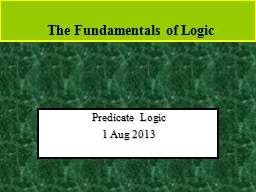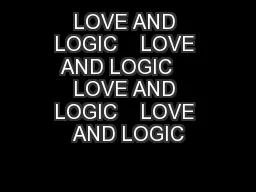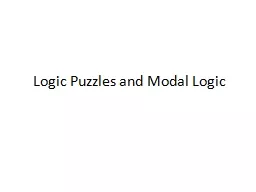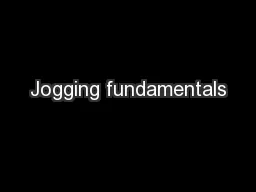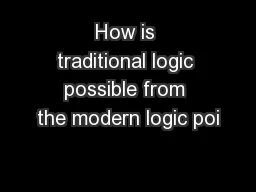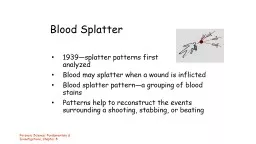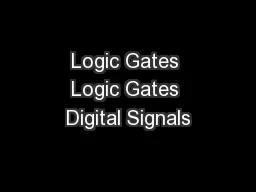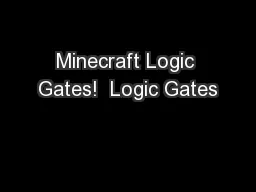PPT-The Fundamentals of Logic
Author : karlyn-bohler | Published Date : 2016-04-12
Predicate Logic 1 Aug 2013 Predicate Logic 13 Predicate logic is an extension of propositional logic that permits concisely reasoning about whole classes of entities
Presentation Embed Code
Download Presentation
Download Presentation The PPT/PDF document "The Fundamentals of Logic" is the property of its rightful owner. Permission is granted to download and print the materials on this website for personal, non-commercial use only, and to display it on your personal computer provided you do not modify the materials and that you retain all copyright notices contained in the materials. By downloading content from our website, you accept the terms of this agreement.
The Fundamentals of Logic: Transcript
Download Rules Of Document
"The Fundamentals of Logic"The content belongs to its owner. You may download and print it for personal use, without modification, and keep all copyright notices. By downloading, you agree to these terms.
Related Documents

